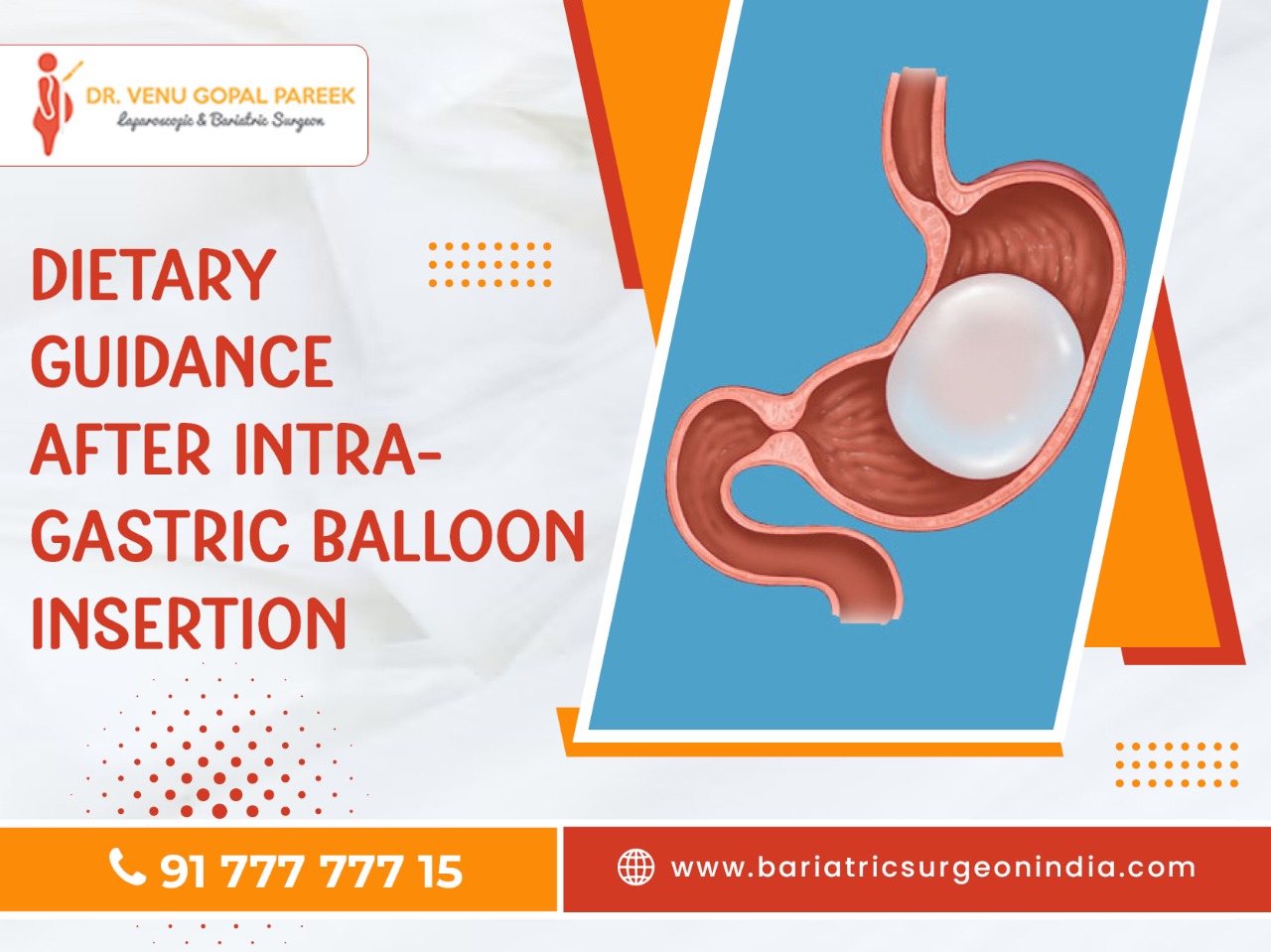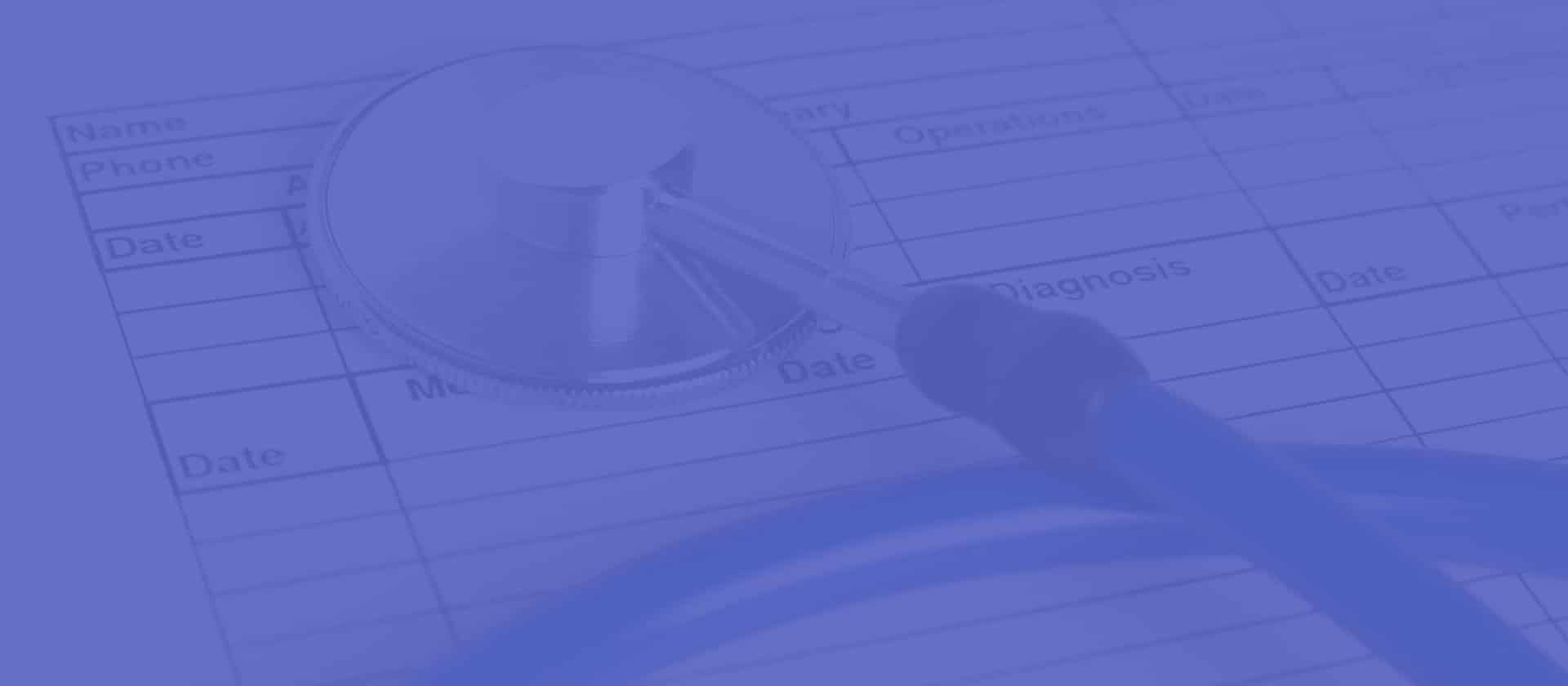
Dietary Guidance after Intra-gastric Balloon Insertion
The Intra-Gastric Balloon (IGB) is a Non invasive weight loss procedure that makes the patient feel fuller, even just having a small meal. The procedure works similarly to sleeve gastrectomy by restricting the capacity of the stomach. However, a spherical balloon like object is utilized to fill some area in the stomach instead of removing a section of it surgically.
The intra-gastric balloon surgery is a process where a soft silicone/Polyurethane balloon filled with saline is placed inside the stomach. An intra-gastric balloon can aid in weight loss when combined with a well-balanced diet and regular physical exercise.
Diet following gastric balloon insertion
In order to ensure the success of the gastric balloon system, it is essential that a proper diet is followed after the procedure. In this article, you will get to know about the suggested diet one should follow after gastric balloon surgery, starting with what you need to eat just after the treatment and moving on to a nutritious diet that, if followed, can produce effects that last a long time.
Before surgery:
- The patient should take clear liquids like water, juices, sugar-free drinks etc., before 48 hours of surgery
- Greek yoghurt can be consumed twice a day
- Eat nothing the night before the gastric balloon procedure
Diet after surgery
The diet that gastric balloon patients should follow is divided into different phases. It is advised to stay on the recommended diet for a minimum of 3 – 5 days for each phase. Each phase may require a different amount of time, depending on the ability to transition. Before moving on to the next diet phase, the patient should observe how his body feels.
Phase One: Pure liquid diet
The patient must follow a clear liquid diet for the next three to five days after surgery. Maintaining the fluid balance in the body (Hydrated) is the only goal of this phase. The recommended amount of liquid intake is 64 ounces or more, with a minimum of 48 ounces to prevent dehydration. Try drinking water, sugar-free tea, or unsweetened beverages to avoid gaining extra calories.
If the juice is consumed, it must be 100% sugar-free fruit juice, and it must be diluted 50/50 with water to lower the number of carbohydrates consumed. Well, in case of tea consumption, take decaffeinated tea like herbal teas to reduce the risk of dehydration. Drinking tea can cause heartburn and acid reflux, so do not drink it if you experience these conditions. No or low-sugar coconut water can also be consumed.
To prevent nausea, it’s essential to take little, steady sips of the liquid. Start with ½-ounce sips, and you can use the measuring cup or a water bottle cap to get the exact measurements. Take a sip and wait the 60sec for the next.
Foods to avoid
- Gas-producing beverages like carbonated drinks
- Sugary drinks and sweet teas
- Citrus juices which made of oranges, grapes, lemons etc.
- Juice made of tomatoes
- Alcohol
- Caffeinated drinks
Phase Two: Thick liquid diet
After the first phase, the patient moves next level, i.e., phase 2. In this phase, the patient can drink a thick liquid or pureed diet. Using a blender or any other device to puree the food is beneficial during this phase of the gastric balloon diet.
Choose foods wisely with low in sugar and rich in nutrients.
Foods to Eat
- Protein shakes
- Greek yoghurt
- Milk – unsweetened version
- Vegetable Juice
- Sugar-free pudding
- Mixed soups
- Pureed fruits and vegetables
Foods to avoid
- foods with large chunks or pieces
- Foods with added sugar, such as desserts
- Carbonated Beverages
Phase Three: Semi-solid foods diet
Seven to ten days following the balloon insertion, the next phase of the gastric balloon diet starts (after following the diet plan of phase 1 and phase 2). In this phase, patients can take semi-solid foods.
Foods that are primarily soft, moist, and readily mashed with a fork should make up the majority of the phase three menu.
Foods to Eat
- Cheese
- Beans
- Soft fish like tuna or salmon
- Canned chicken or tender meat
- Well-cooked or mashed vegetables
- Avocados
- Scrambled eggs
- Tofu
Phase four: Solid foods diet
After a couple of weeks of gastric balloon diet, if you are ready, you can progress to phase 4, which is solid foods. This is the phase where the patient can switch back to regular foods and add a variety of nutritious foods to his diet plan.
This phase is very important because it helps to create a balanced and healthy diet regime that will set the path for long-term results.
Make sure the majority of your diet contains lean protein and nonstarchy vegetables. Fat is also a beneficial element, but it needs to be controlled because consuming more fat might hinder weight loss goals. Beans, fruits, legumes and whole grains are all beneficial complements to a healthy diet, but they must be consumed within limits and, if at all feasible, combined with protein food.
Healthy habits for long-term weight loss goals
- Eating five small meals and snacks (3 small meals & 2 healthy snacks) a day is recommended.
- Can have limited protein shake in a day (it counts in the five)
- Combine fruits and grains with protein whenever possible, such as fruit and Greek yoghurt or crackers and cheese. The main course is protein.
- Plan that you eat every 2-3 hours (very small quantities)
- Drink at least 64 ounces of water daily.
- Don’t eat sweets
- Avoid processed foods
- Skip “chewy” foods
- Take good amounts of a daily multivitamin.
- Take alcohol in moderation or quit it.
- Quit smoking
Losing weight become easy with exercise because it burns calories and builds muscle. To know more about the gastric balloon procedure to lose weight or the diet you must follow after gastric balloon, consult Dr. V Pareek, one of the best bariatric surgeons in Hyderabad.







